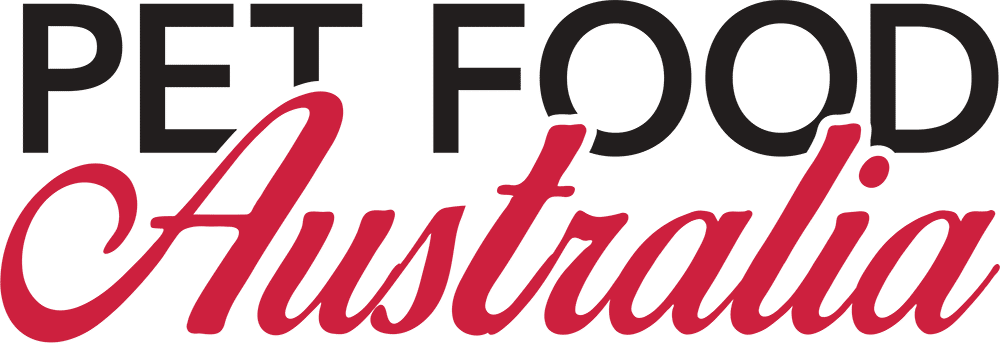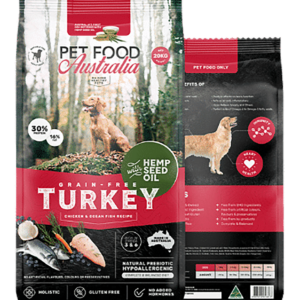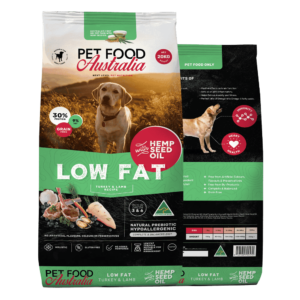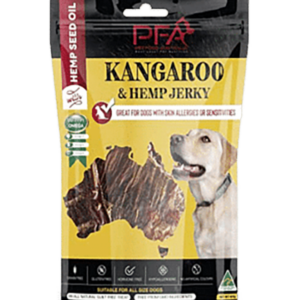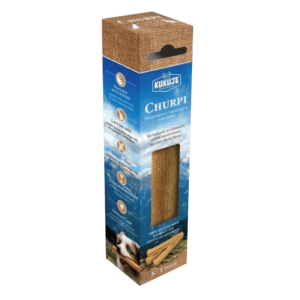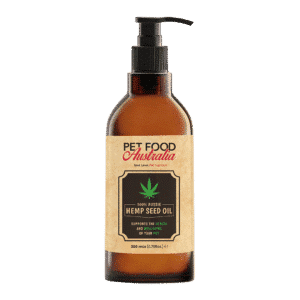No products in the cart.
Discover the dos and don’ts of switching your pet’s food
The Dos and Don'ts of Switching Your Pet's Food with Pet Food Australia
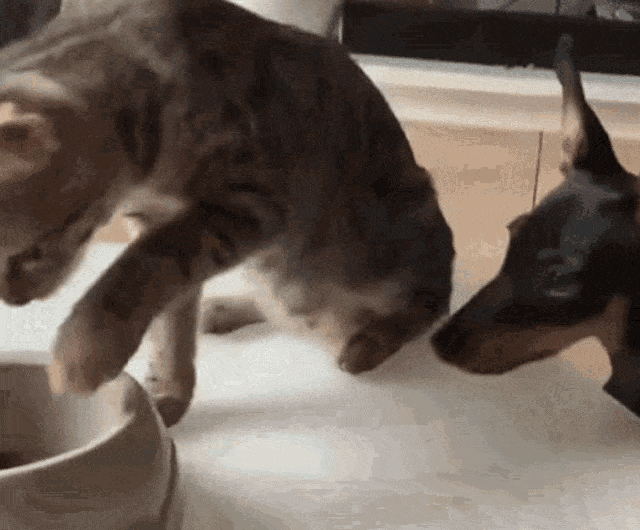
Switching your pet’s food can be daunting, especially if your furry friend has grown accustomed to their current diet. However, there are instances where a change in your pet’s food is necessary, such as dietary requirements, allergies, or simply introducing variety. This article will explore the dos and don’ts of switching your pet’s food, ensuring a smooth transition while prioritising their health and well-being.
Understanding the Importance of Switching Pet Food
Switching your pet’s food can bring about various benefits. It allows you to cater to their specific dietary needs, address any allergies or sensitivities they may have, and provide a well-rounded nutrition profile. Additionally, introducing different flavours and textures can keep your pet interested and excited about their meals, promoting overall satisfaction and health.
Dos of Switching Your Pet's Food
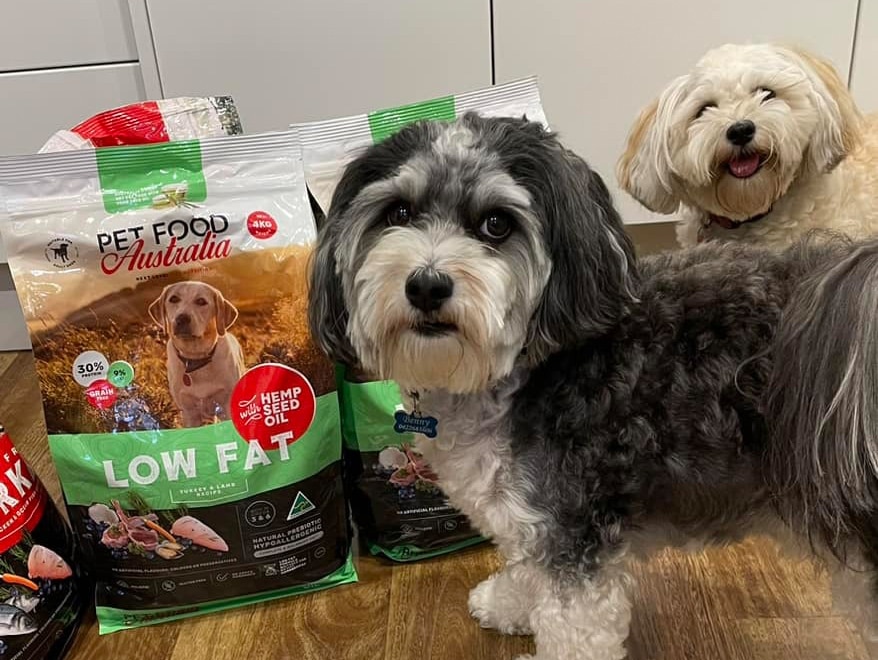
Certain dos can significantly contribute to a successful switch when embarking on a food transition journey for your beloved pet.
Gradual Transition
One of the most crucial dos of switching your pet’s food is to do it gradually. Sudden changes in diet can lead to digestive issues, causing vomiting, diarrhea, or an upset stomach. To avoid these issues, mix a small portion of the new food with their current food, gradually increasing the ratio throughout one to two weeks. This allows your pet’s digestive system to adjust and adapt to the new food more comfortably.
Choosing a High-Quality Pet Food Brand
Choosing a high-quality pet food brand is essential when switching your pet’s food. Look for products that contain real, natural, and wholesome ingredients and are free from artificial additives, fillers, or by-products.
Opting for a reputable brand, such as Pet Food Australia, ensures your pet receives the necessary nutrients and avoids potential health risks associated with inferior-quality foods.
Monitoring Your Pet's Response
During the transition period, closely monitoring your pet’s response to the new food is crucial. Keep an eye out for any signs of discomfort, such as gastrointestinal issues, skin irritations, or changes in behaviour. If you notice any adverse reactions, consult with your veterinarian immediately for further guidance.
Don'ts of Switching Your Pet's Food
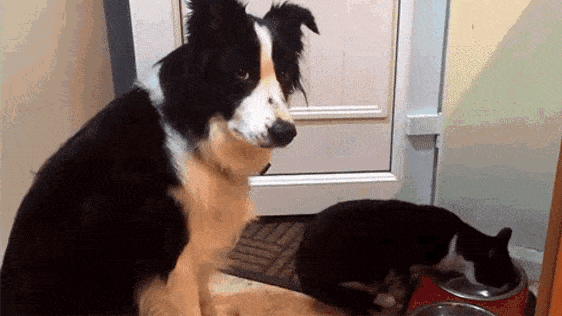
While there are several things you should do when switching your pet’s food, it’s equally important to be aware of the don’ts to avoid potential problems or setbacks.
Abrupt Changes
One of the most significant don’ts of switching your pet’s food is to avoid abrupt changes. Suddenly introducing a completely different diet can shock your pet’s system, leading to digestive disturbances and reluctance to eat. Abrupt changes can also make it challenging to identify potential allergies or sensitivities. A gradual transition is key to a successful food switch.
Ignoring Dietary Needs
When switching your pet’s food, it’s vital to consider their dietary needs. Different pets have different nutritional requirements based on age, size, breed, and health condition. Ignoring these needs can lead to imbalances and deficiencies. Ensure your new food meets all the criteria and provides a well-rounded diet for your furry friend.
Overfeeding or Underfeeding
During the food transition period, you must diligently monitor your pet’s portion sizes. Overfeeding can lead to weight gain and obesity, while underfeeding can result in malnutrition and energy deficiency. Adjust the portion sizes according to your pet’s needs, keeping in mind the feeding guidelines provided by the pet food brand.
Neglecting Hydration
Proper hydration is crucial for your pet’s overall well-being. Neglecting hydration needs during the food transition can lead to dehydration and associated health issues. Ensure your pet has access to fresh water at all times, and encourage them to drink regularly. This is particularly important if you’re transitioning from wet to dry food, as the moisture content in the new food may be lower.
Common Challenges During the Transition
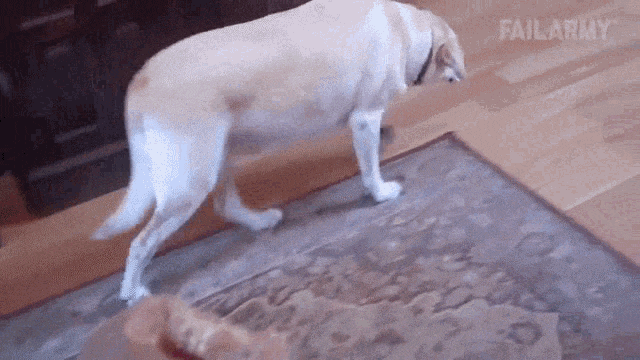
While transitioning your pet’s food, you may encounter specific challenges along the way. Knowing these challenges can help you navigate them more effectively and ensure a smooth switch.
Digestive Upset
Digestive upset, such as diarrhea or vomiting, is a common challenge during the food transition. This is why it’s crucial to introduce the new food gradually, allowing your pet’s digestive system to adapt. If digestive issues persist or worsen, consult your veterinarian for guidance.
Allergic Reactions
Some pets may develop allergic reactions to certain ingredients in the new food. Symptoms can include itching, skin rashes, ear infections, or gastrointestinal problems. If you suspect your pet has allergies, consult your veterinarian to determine the underlying cause and find suitable dietary options.
Behavioural Changes
Changing your pet’s food can sometimes lead to behavioural changes. For example, they may become more finicky or refuse to eat altogether. This can be a natural response to a new taste or texture. However, if the behavioural changes persist or worsen, seek advice from your veterinarian to rule out any underlying health issues.
Loss of Appetite
During the food transition, it’s not uncommon for pets to experience a temporary loss of appetite. This can be due to the unfamiliarity of the new food or the adjustment period. If your pet refuses to eat for an extended period or exhibits other concerning symptoms, consult your veterinarian for guidance.
Switching your pet’s food can be a beneficial step towards providing them with a well-rounded and nutritious diet. Following the dos and don’ts outlined in this article can ensure a smooth transition while prioritising your pet’s health and well-being. Remember to make changes gradually, consult with a veterinarian, choose high-quality pet food brands, and monitor your pet’s response throughout the process.
